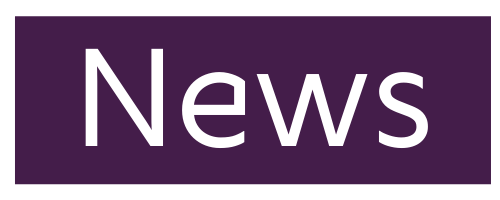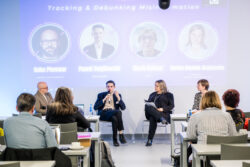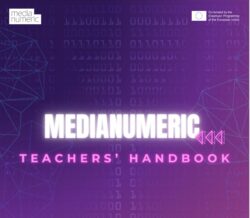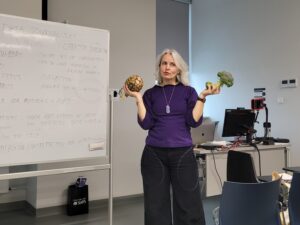Digitisation has changed all aspects of the news media landscape, from the way content is created, to how it is distributed and interacted with. Three phenomena shape the face and fate of news media in Europe: decreasing trust and information disorder, digitisation and changing user behaviour, and dominance of global technology and AI. They rock the foundations of the journalist profession.
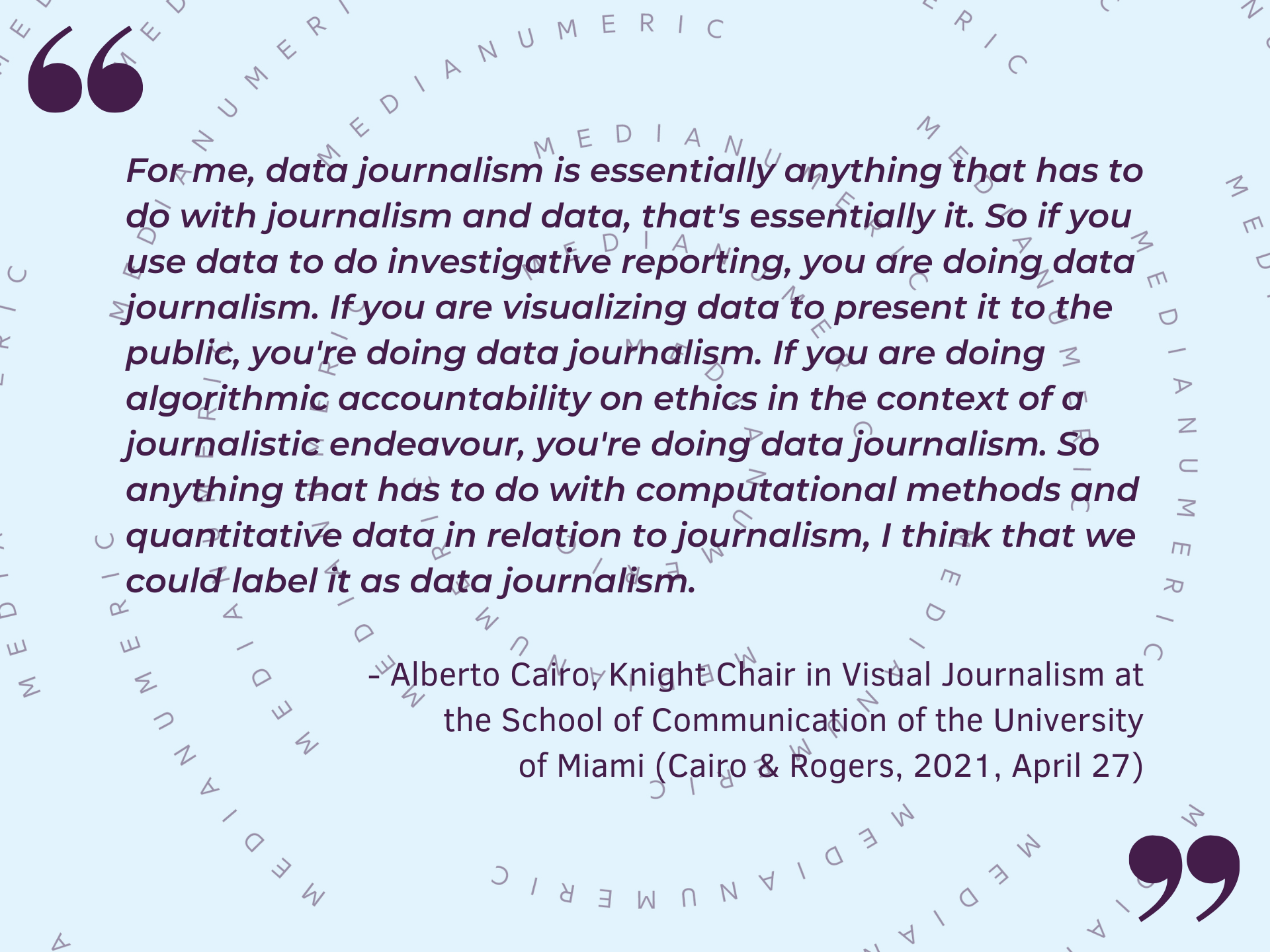
The MediaNumeric programme aims to provide students and young professionals in media and communication studies with the theoretical know-how and skills necessary to enable them to take on the opportunities of data-driven journalism and media production. It also highlights the potential of using large multimedia databases for data-driven innovations.
The Updated State of the Art report that provides an overview of the world of data-driven storytelling in journalism and in the creative industries more broadly and of digital verification of misinformation and disinformation, more commonly known as fact-checking. It serves to guide the consortium partners as they create and fine-tune their on-site and online training programmes. It will also provide information for higher education institutions on best practices in how to teach these techniques.
The report examines why it is important that more people learn how to work with large data sets and in digital verification, who should learn these skills and what benefits this can bring to media organisations and indeed societies as a whole. It looks at the tools and best practices in training in this comparatively recent medium.
Among the key findings of this report are:
- Data-driven journalism brings high-value, high impact stories into the newsroom. These stories can attract a loyal readership and effect real-world change. Examples include the Roman Catholic child sex scandal uncovered by the Boston Globe and tax evasion as revealed by the ICIJ.
- Though misinformation and disinformation have existed since the dawn of time, the social media era is enabling information (and misinformation) to spread at split-second speeds, creating real-world harm as people turn to unqualified sources to seek answers to their questions.
- A fear of maths and spreadsheets and a perception that it is complicated are the biggest handicaps to more journalists adopting the skills needed to work with data.
- The most important tool in both the area of data-driven storytelling and debunking misinformation is critical thinking. Media literacy, data literacy, numeracy and graphicacy (the ability to interpret graphics, charts and maps) are vital in today’s society. Work should always start with the question: Does this information make sense? Is this plausible? These should always be asked alongside the traditional: who, where, what, when, why and how? questions of storytelling.
- The secondary tool to get started in data-driven journalism is an understanding of spreadsheets and basic maths. Other tools are of course available but not necessary.
- Newsroom editors would also benefit from training in data-driven journalism so that they can better understand the craft and the value that it can bring to the team and the output.
